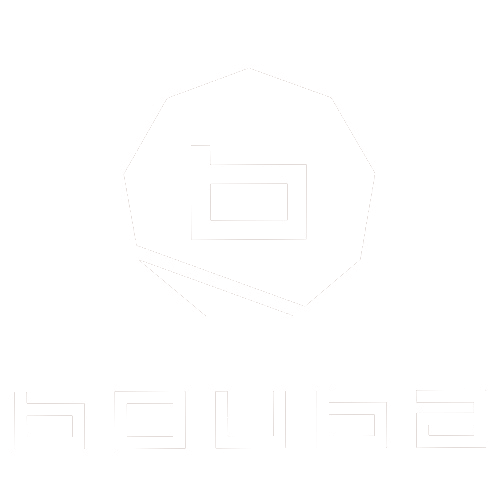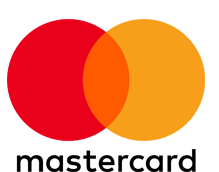Brow mapping is not a trend. It’s anatomical architecture. Whether you’re creating a natural brow or a bold editorial look, understanding the three vertical zones of the face—forehead to chin, divided into thirds—provides a blueprint for placement.
Bouba World Philosophy:
“Balance begins with thirds. When the brow aligns with its zone, the face breathes symmetry.”
This blog introduces the concept of facial thirds and how it defines the correct start, arch, and tail of the eyebrow for any face shape or style.






